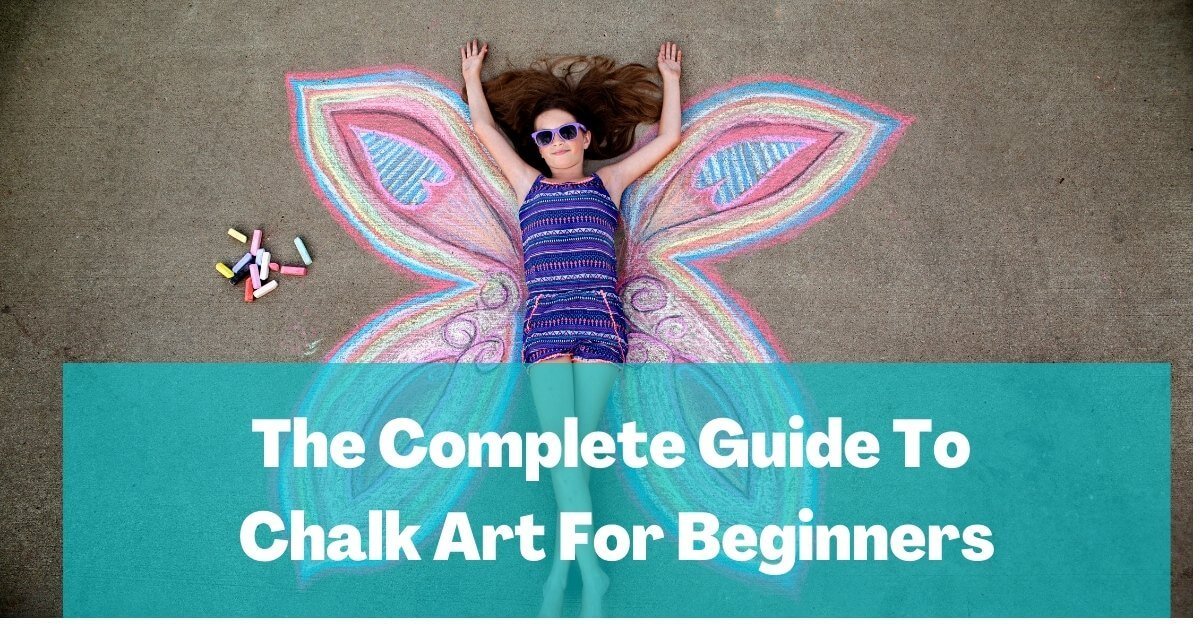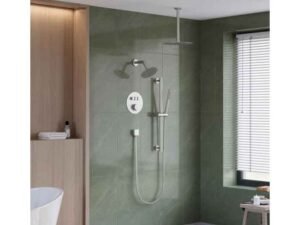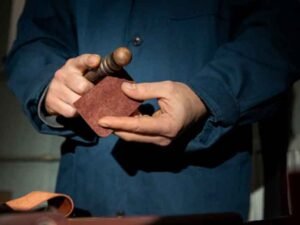Abstract landscape painting is an expressive and innovative form of art that invites the artist to explore natural environments through a unique lens, far removed from traditional representations. By breaking free from realistic depictions, abstract landscapes allow for bold color choices, unconventional shapes, and emotive brushstrokes. The beauty of abstract landscapes lies in the freedom they provide to the artist, where the focus is more on capturing the mood and essence of a place rather than replicating its literal form. In this article, we’ll explore the process of painting abstract landscapes and share inspiration sources to ignite your creativity.
1. Understanding Abstract Landscape Art
Before diving into the process of creating abstract landscape paintings, it’s important to understand what abstract landscape art entails. Traditional landscapes are typically recognized by clear representation of natural elements—mountains, trees, skies, and water. However, abstract landscapes break these elements down, using colors, textures, and forms that evoke a sense of place without the necessity for recognizable details.
Abstract landscapes often aim to capture the mood, atmosphere, and energy of a scene, whether it’s the peaceful serenity of a sunset or the chaotic force of a thunderstorm. They tend to focus on the emotional connection between the artist and nature, rather than on depicting precise physical features.
2. Gathering the Right Materials for Abstract Landscape Painting
Creating an abstract landscape begins with gathering your materials. Here’s a basic list of tools you might need:
- Canvas or Paper: Choose your surface based on your preferred medium (oil, acrylic, watercolor, etc.). Canvas provides a robust texture for oils and acrylics, while watercolor paper is ideal for watercolors.
- Paints: Whether you prefer oils, acrylics, or watercolors, selecting a versatile palette is essential. For abstract landscapes, consider using a mix of colors that you wouldn’t typically associate with landscapes. Bright, bold colors can create striking contrasts, while soft, muted tones convey a more ethereal quality.
- Brushes: Various sizes and shapes of brushes will be helpful, especially for creating textures and fine details. Palette knives are also great for creating unique textures and shapes, giving your abstract landscape a tactile quality.
- Mediums and Textures: For oils and acrylics, consider adding mediums such as glazing liquid for thin layers or impasto mediums to build texture. Texture paste or modeling paste can also be used for sculptural effects.

3. Techniques for Painting Abstract Landscapes
Now that you have your materials, let’s dive into the process of creating an abstract landscape painting. There’s no “right” way to approach this; instead, the process should be fluid, with a focus on experimentation and personal expression. Here are some key techniques to try:
a) Block in the Big Shapes
Start by defining large sections of your composition. Use broad brushstrokes or a palette knife to block in the major elements of the landscape. Think of this step as establishing the primary color fields—earth, sky, water, or perhaps more abstracted forms like geometric shapes that represent parts of nature.
b) Experiment with Color and Texture
In abstract landscapes, color is the protagonist. Unlike traditional landscapes, where colors often mimic real-world hues, abstract landscapes allow you to explore imaginative palettes. Consider using colors that resonate with the feeling you want to convey. Is it the calmness of a lake at dawn, or the fiery intensity of a setting sun? Use contrasting colors for a sense of drama or blended shades for tranquility.
Texture also plays an important role in conveying depth and emotion. You might build layers of thick paint to create tactile effects or use dry brushing to create subtle gradients. Adding texture helps elevate the abstraction, making your landscape feel dynamic.
c) Let the Brushwork Flow
The brushwork is often one of the most exciting aspects of abstract landscape painting. Use your brush strokes to create movement, whether it’s the swirling of wind across a field or the rush of water over a riverbed. Looser, more fluid strokes can convey energy, while tight, controlled strokes can bring a sense of calm. Don’t be afraid to let your brushwork feel spontaneous and organic.
d) Incorporate Mixed Media
One way to push your abstract landscapes further is to experiment with mixed media. You can introduce collage elements, such as paper, fabric, or other materials, into the composition. These materials can create a textural contrast that adds another layer of complexity to the painting. For example, you might use pieces of torn paper to represent distant mountains or incorporate sand for a gritty desert landscape.

4. Where to Find Inspiration for Abstract Landscapes
Inspiration for abstract landscapes can come from many places, both in the natural world and from other artists. Here are some great sources of inspiration:
a) Nature Itself
The most obvious source of inspiration for landscape painting is nature. However, when you’re creating an abstract landscape, you don’t need to stick strictly to what you see in the real world. Instead, think about how you feel in a particular setting—whether it’s the calmness of the beach, the vastness of a desert, or the intensity of a thunderstorm. Try to translate these feelings into color and form, without necessarily focusing on precise details.
b) Photography and Digital Images
While you may not want to replicate a scene exactly, photographs can serve as excellent starting points for abstract landscape paintings. Look for images that intrigue you, whether it’s an aerial shot of a forest, a misty mountain range, or a close-up of a textured cliffside. These photos can help you visualize a composition but allow you the freedom to change colors, shapes, and textures.
c) Art Exhibitions and Online Platforms
Visiting art exhibitions and exploring galleries can expose you to different artistic styles and techniques. In particular, abstract art shows and landscape exhibitions can provide a wealth of new ideas for your paintings. Online platforms, offer a vast array of works to spark your creativity. You can find specific inspiration for abstract landscape paintings by browsing curated collections, such as those found on Pastel Brush where you can see how various artists interpret the natural world in abstract forms.
d) Poetry and Music
Art doesn’t exist in a vacuum. Inspiration can often be found in other art forms, such as poetry and music. Listen to instrumental music, or read poetry that describes the feelings you want to capture in your painting. These non-visual mediums can unlock emotional responses that might lead to fresh ideas for your abstract landscape.
e) Dreams and Imagination
Abstract landscape painting also offers an opportunity to tap into your imagination. Often, the most striking abstract landscapes are not directly based on any real-world place but are born from dreams, memories, or pure imagination. Let your subconscious lead the way and allow abstract forms and colors to emerge freely.

5. Conclusion: Embrace the Freedom of Abstract Landscapes
Painting abstract landscapes allows you to step beyond the literal representation of nature and explore its emotional and atmospheric qualities. By experimenting with color, texture, and form, you can create powerful visual statements that evoke feelings of awe, serenity, or mystery. The beauty of this style of painting is that it is personal and open to interpretation, with endless possibilities for self-expression.
When looking for inspiration, remember that nature, other artists, and even abstract thinking itself can guide your creative process. By embracing experimentation and trusting your instincts, you’ll find that abstract landscape painting is a rewarding and fulfilling way to connect with the world around you.






